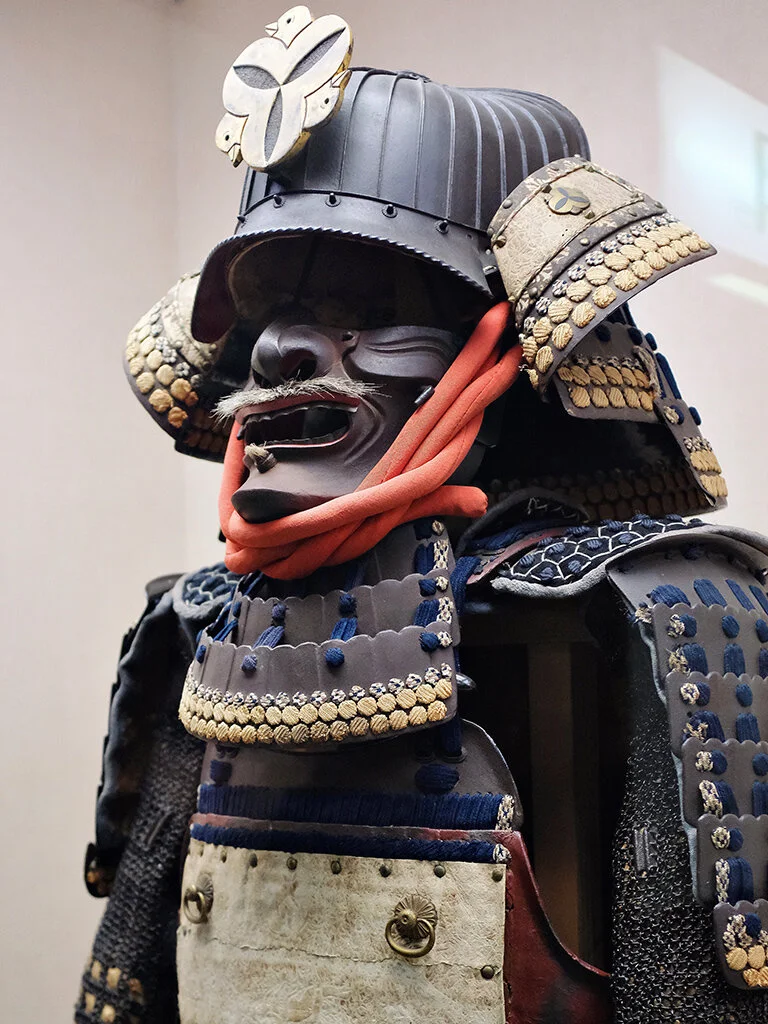architecture
JAPANESE Castles and shrines
Whoever thinks of Japan inevitably has images of imposing castles and modest-looking shrines in front of its eyes. And while the one is almost always a symbol of defense and attack, the other is always associated with retreat and reflection. The contrast between the two architectural meanings could hardly be greater – and yet both are deeply rooted in Japanese history.
Castles
Like almost everywhere else in the world, castles were built in Japan to guard strategically important places such as ports, river crossings or intersections. And almost always the landscape was included. Over time, however, their role changed from purely defensive to that of the residence of Daimyo (feudal lords), and castles became a symbol of their power and prosperity.
Himeji Castle (姫路城, Himeji-jo), for example, is over 600 years old and is considered to be the best preserved-castle in Japan. Selected as a strategic defense point west of Kyoto, the first row of fortifications was built sometime in the 1400s. The snow-white castle complex consists of over 80 buildings connected by a series of labyrinth-like paths. Also known to many as "Heron Castle", Himeji is now not only a Japanese national treasure but also a world cultural heritage site.
Unlike the white "Heron Castle" of neighboring Himeji, Okayama Castle (岡山城, Okayamajo) has a black exterior, which has earned it the nickname "Castle of the Black Bird". The castle is located on the Asahi River. It was used as a moat and still separates the Castle from the Korakuen Garden opposite.
Matsumoto Castle (松本城, Matsumotojo) is considered one of the most beautiful castles in Japan. It is unique in that it has both a second keep and a tower next to the main tower, making it more of a castle than a fortress. With its atmospheric dark facade, it is also known as the "Crow's Castle". In contrast to this, the vermilion bridge, which leads over the wide moat, is particularly impressive. The heavy, wooden shutters are still closed nowadays before sunset and make this castle almost impregnable.
Once the role of castles was to impress rivals in Japan, today they serve as graceful contemporary witnesses for visitors and impress more than ever before with their size, architecture, decoration and the landscape surrounding them.
Shrines
Then as now, Japanese Shinto shrines are considered religious places. Their origins lie mostly in the worship of deities (神様, Kamisama), which originate from nature. Not surprisingly, their images can be found in almost every Shinto shrine or Buddhist temple. Especially on the countless wooden panels painted on one side with pre-printed pictures – so-called "horse pictures" (絵馬, Ema) – they show either the logo of the shrine (Kigan-Ema) or current signs of the zodiac of the respective year (Eto-Ema).
The meaning of Ema reflects the deep connection of the Japanese people with the nature surrounding them and their wishes for many kinds of salvation. On the back of the wooden panels, wishes and requests to the gods are written and hung on walls provided for this purpose. When these walls are full, the panels are taken down and burned, so that the wishes can rise to heaven.
Custom and name probably go back to the tradition of Buddhism to buy and release captured wild animals in order to acquire equally good karma with this good deed. This custom was adopted by the Shintoist shrines: However, the "sacrificed" animals were not killed, but kept on the shrine grounds. A special sacrifice were white horses. Later, instead of living horses, statues and pictures of horses were sacrificed. In many shrines and temples, there are still the halls of horse pictures including paintings.
Despite missing horses and ema, we would also like to make a wish. To be back in Japan soon.
Japan, November 2019. | All words and photos by The Sturgheons.
















